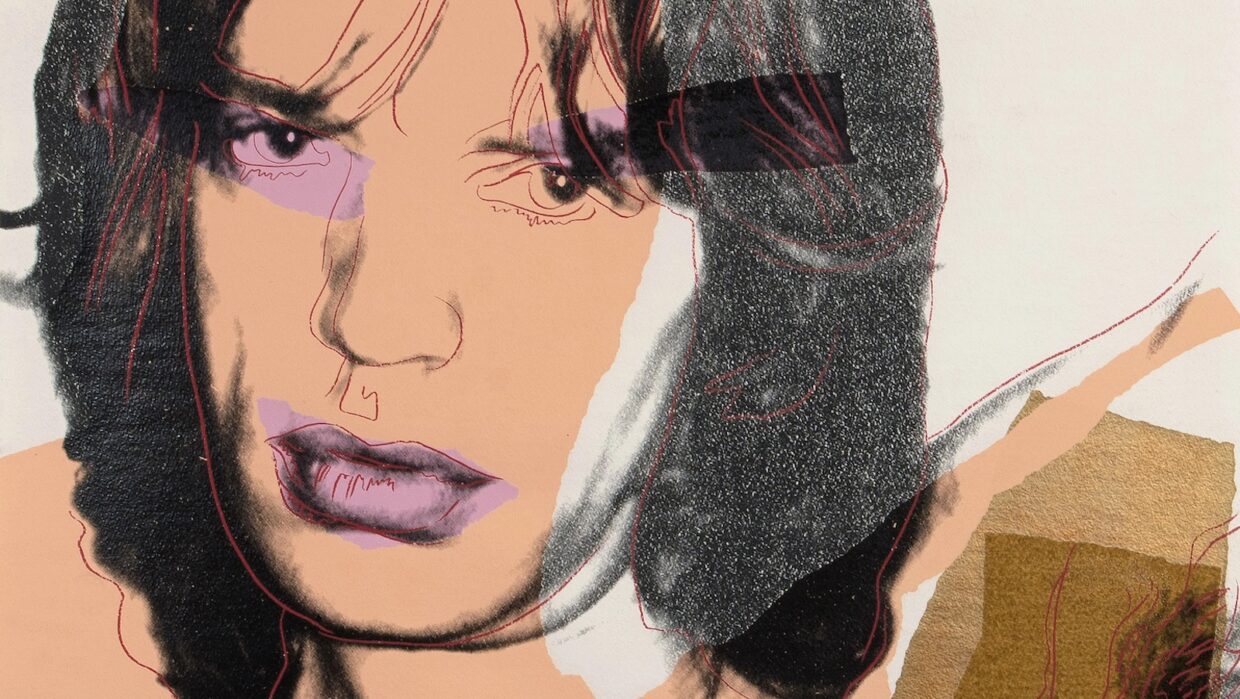In a move to democratize art ownership, Delaware-based company Freeport is turning to blockchain technology to fractionalize and tokenize artwork by iconic artist Andy Warhol. This venture brings art investment within reach of a wider audience by offering shares in Warhol’s works via the Ethereum blockchain, starting with four Warhol prints depicting Marilyn Monroe, James Dean, Mick Jagger, and Mickey Mouse.
The concept of fractional ownership in art isn’t novel, but the incorporation of blockchain technology breathes new life into it. Traditionally, fractional ownership allows investors to purchase securitized shares of an artwork, with the anticipation of profits when the piece is sold. By leveraging the Ethereum blockchain, Freeport not only digitizes this process but also extends certain privileges to shareholders, like displaying the tokenized art in virtual galleries on their computers and the ability to trade their stakes on a secondary market.
However, there’s a price to pay for this democratization. Freeport’s model involves a number of fees. The share prices, to begin with, are marked up by 10 percent from the previous sales of each print. Investors also have to bear a 10 percent procurement fee, a 1.5 percent annual management fee, and a 10 percent sales fee. This means that a $1,000 investment may equate to less than $800 in actual artwork.
Despite the costs, fractional ownership has potential benefits. It broadens the pool of art investors, making art a more accessible asset class. Furthermore, art investments have shown promise in the past. For instance, the ArtPrice 100 blue-chip index, which monitors works by the 100 best-selling artists at auctions, has outperformed the Dow Jones industrial average since 2000.
However, it’s crucial to note that this impressive performance is primarily driven by top-tier art. A broader measure of the art market, which includes all public auction art sales, was down 18 percent last year. So, while fractional investing provides diversification, the overall returns from the art market can be skewed.
And while it’s an intriguing concept, fractionalized art still holds a minuscule position in the global art market. It accounted for less than 1 percent of the $67.8 billion in global sales in 2022. Yet still adds up to a sizeable amount: over the past five years, around $625 million worth of fractional ownership was sold, primarily from individual investors.



